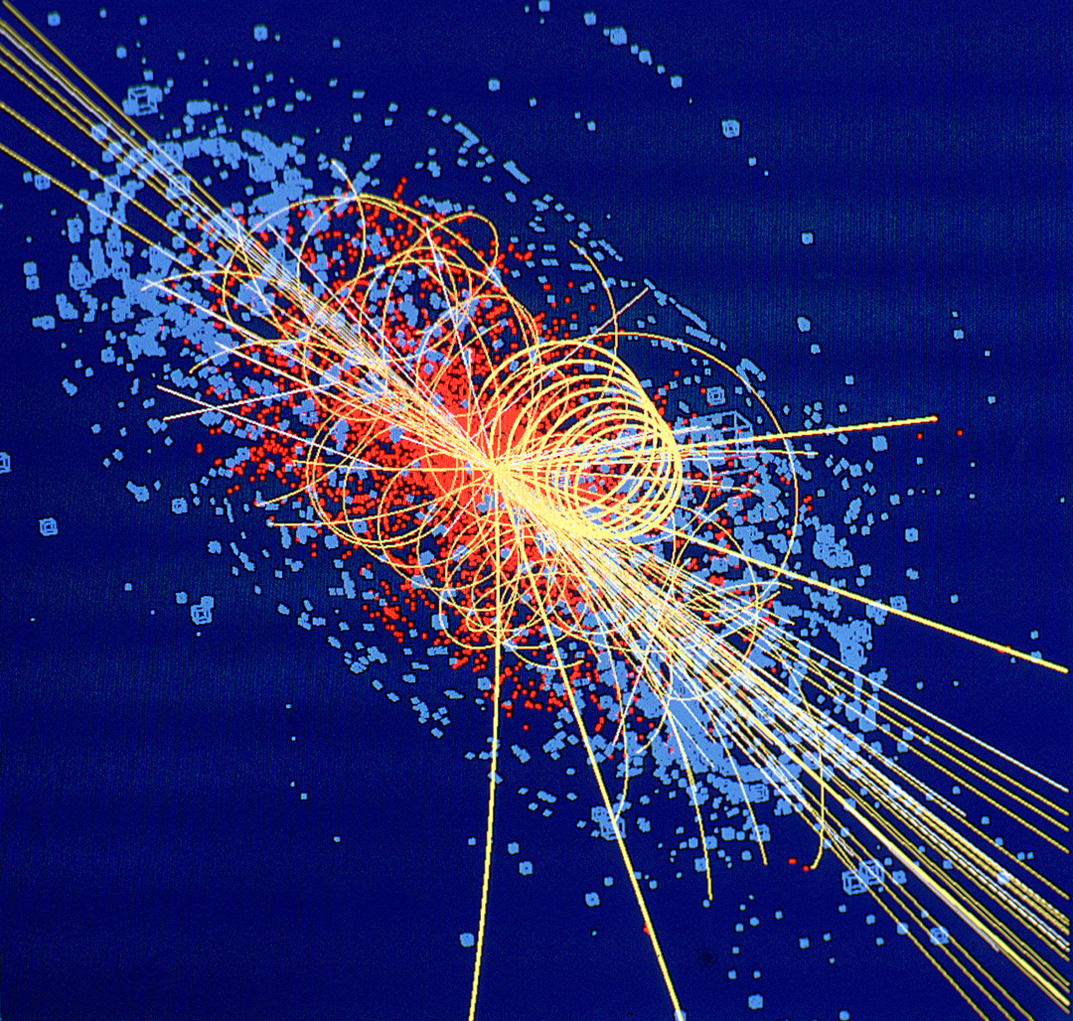
NCBJ scientists investigate quantum entanglement in ultrareltivistic scattering
16-10-2024
Quantum entanglement is one of the fundamental properties of quantum mechanics and is central to many of its modern applications. Among physicists, there is growing interest in the search for a link between entanglement and particle scattering processes in high-energy collisions, which are the primary means of studying particle interactions. Such work is also being carried out by NCBJ theorists.
Entanglement is the phenomenon by which the quantum states of two or more particles cannot be described independently of one another, even when the particles are separated by great distances. Such a feature – typical of quantum mechanics and not present in the classical world – is the most fundamental property distinguishing quantum from classical systems. Entanglement lies at the core of many modern applications of quantum mechanics, from quantum cryptography to quantum computing, and forms the basis of quantum information theory.
At ultrarelativistic energies, the interaction properties of a system of particles are investigated in processes of scattering. For decades, high-energy physicists have systematically studied the products of particle collisions in accelerators. This enormous collective effort is the pillar of modern particle physics: it has led to the discovery of all the constituents of the Standard Model and it was crowned 12 years ago with the observation of the Higgs boson at the LHC. On the other hand, theoretical and experimental physicists alike have recently started to wonder whether even more fundamental questions may be indirectly answered by digging into the gargantuan amount of collision data stored at the LHC. „”Quantum properties that were not investigated before in elementary particles are now starting to be probed” – describes Prof. Kamila Kowalska of NCBJ’s Theoretical Physics Division. „In very fresh news, entanglement in the spin degrees of freedom of two top quarks was established at the 5 sigma level this last year, by the ATLAS and CMS collaborations.”
In the theory community, there is growing pressure towards uncovering a potentially deep connection between quantum entanglement and ultrarelativistic scattering. While still in its nascent stage, this effort suggests a wide range of revolutionary implications. For example, in the near future it may become possible to enact the principles of quantum information theory in particle accelerators. In even more exotic applications, one may be able to directly test the hypothesis of „emergent symmetries,” which is the enticing idea that the symmetries of a fundamental theory find their origin („emerge”) in the amount of entanglement exchanged in a high-energy collision process.
In a recent paper „Entanglement in flavored scalar scattering”, professors Kamila Kowalska and Enrico Sessolo of NCBJ’s Theoretical Physics Division analyzed the entanglement properties in the scattering of two particles, working under the assumption that they carry an internal quantum number (called „flavor”), that acts as a qubit, the basic unit of quantum information. By applying their formalism to the ultrarelativistic scattering of two flavored Higgs bosons, the researchers presented some interesting results. „Conservation of probability implies that a small but non-zero amount of entanglement is always „injected” by the scattering interaction into the system of two initially unentangled particles” – says Prof. Enrico Sessolo. „What is more, the scattering process can transform the entanglement between the flavors into entanglement between the momenta of the scattered particles. We have also found that in the case studied, the constraints imposed on the amount of entanglement, and in particular, the requirement that it is minimal, do not lead to an increase in the symmetry of the theory describing the interactions of the Higgs bosons. This means that the idea of emergent symmetries cannot be confirmed in this study.”
The analysis of professors Kowalska and Sessolo is one of the first steps towards understanding the connections between the most fundamental quantum-mechanical feature of nature and the experiments that can probe elementary particles at the highest energies we can reach today. The authors hope their study may help pave the way to a flourishing of new ideas in this exciting field.
Original article: Kowalska, K., Sessolo, E.M. Entanglement in flavored scalar scattering. J. High Energ. Phys. 2024, 156 (2024). https://doi.org/10.1007/JHEP07(2024)156




